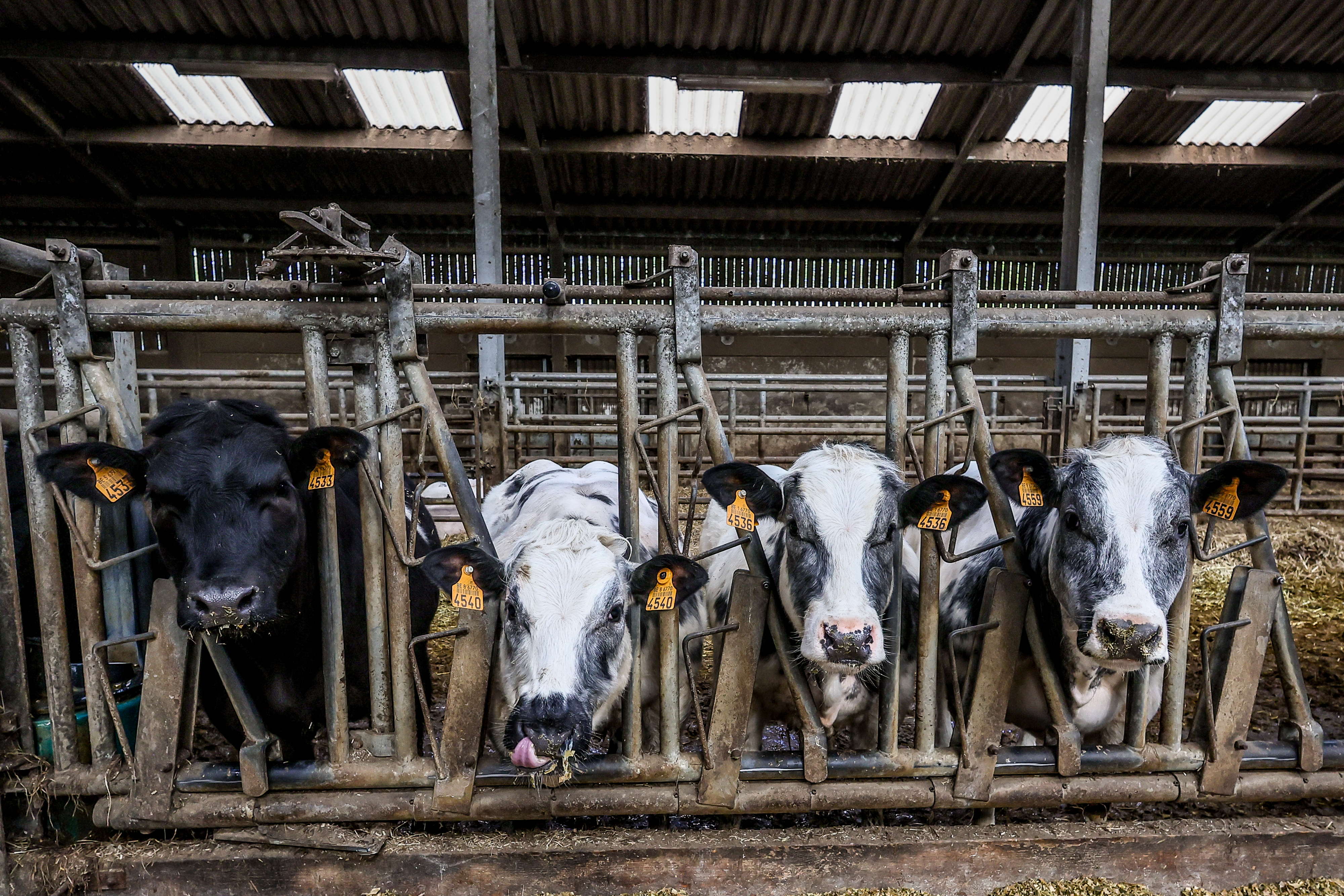Nitrogen oxide emissions in Flanders fell by 35 per cent between 2015 and 2022

Nitrogen oxide emissions in Flanders fell by 35 percent between 2015 and 2022, while ammonia emissions fell by 9 percent over the same period. This is the conclusion of a new report presented to the Flemish government by Environment minister Jo Brouns on Friday.
Between 2015 and 2022, nitrogen oxide emissions in Flanders fell by 35 percent, the report shows, while total nitrogen deposition on nitrogen-sensitive habitats in Flanders' Special Protection Areas (SPA) fell by an average of 21 percent.
Nitrogen oxide emissions come mainly from the transport, energy and industrial sectors. According to the report Brouns presented, the decrease is mainly due to the switch to electric vehicles.
Ammonia emissions fell by nine per cent over the same period. Ammonia pollution comes mainly from the agricultural sector, and the report attributes this decline to improved housing systems and a smaller pig herd in Flanders.
"The figures show a significant decrease in nitrogen emissions, now we have to build on this trend to achieve the reduction targets we have set," said Brouns. "An incredible effort is being made by everyone. What is important to me now is that in return for this solid effort, there is also a perspective for the entrepreneurs involved".

No nitrogen decree effect
These are the latest figures available. This means that the effects of the Flemish nitrogen decree, which only came into force last year, are not yet visible. The nitrogen decree should ensure a 40 per cent reduction in ammonia emissions in Flanders by the end of 2030. For nitrogen oxide emissions, the decree provides for a 45 per cent reduction.
Brouns also said he wanted to cooperate with scientists to see how policy can focus more on nitrogen emissions and less on nitrogen deposition.
#FlandersNewsService | © BELGA PHOTO BRUNO FAHY
Related news
